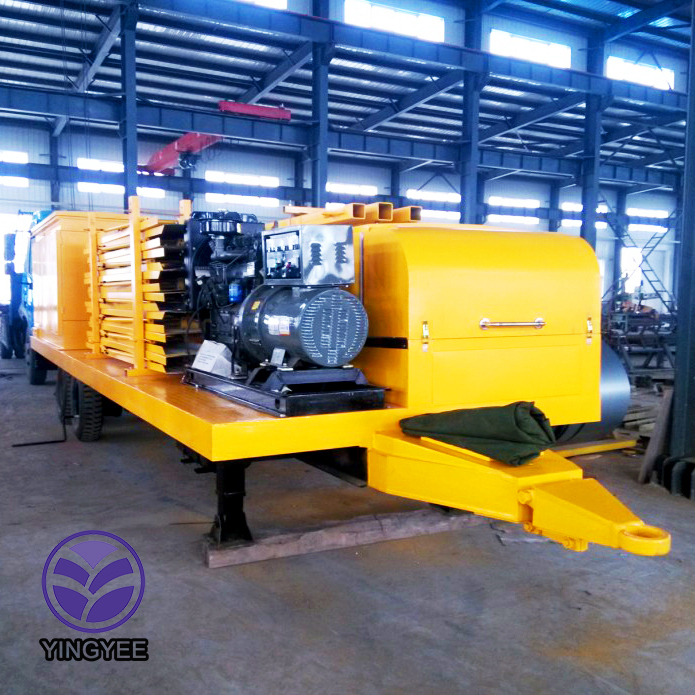Sandwich Panel Machinery An Overview of Modern Manufacturing Solutions
In an era where construction materials are constantly evolving, sandwich panels have emerged as a strong contender for various building applications due to their superior thermal insulation properties, lightweight structure, and ease of installation. Central to the production of these innovative panels is advanced sandwich panel machinery, which has revolutionized the way we think about manufacturing in the construction industry.
What is Sandwich Panel Machinery?
Sandwich panel machinery encompasses a range of specialized equipment designed for the production of sandwich panels—composite panels consisting of two outer layers and a lightweight core. These machines are engineered to automate the process of panel creation, improving efficiency, quality, and reducing human error. The machinery typically includes forming machines, cutting machines, and laminating lines that work in concert to produce panels that meet specific industry standards.
The core materials used in sandwich panels can vary, including rigid foam, mineral wool, or honeycomb structures, depending on the desired insulation properties and structural requirements. The outer layers are usually made from durable materials like steel, aluminum, or fiberglass, which provide additional strength and weather resistance.
Key Components of Sandwich Panel Machinery
1. Roll Forming Machines These machines shape the outer layers of the sandwich panel into the desired profile. The roll forming process ensures uniformity and precision, enabling large quantities of panels to be produced in a short period.
2. Foaming Machine An integral part of the manufacturing process, the foaming machine creates the core material for the panels. The foam is crucial for providing insulation, and advancements in this technology have led to improved thermal performance and reduced environmental impact.

3. Laminating Lines The laminating process bonds the outer layers to the foam core under controlled heat and pressure conditions. This step is critical for ensuring the structural integrity and longevity of the panels.
4. Cutting Machines Once the panels are formed and laminated, precise cutting machines are used to achieve the required lengths and widths according to project specifications. Accurate cutting is essential for minimizing waste and ensuring that panels fit seamlessly in construction projects.
5. Quality Control Systems To maintain high standards, modern sandwich panel machinery incorporates sophisticated quality control systems equipped with sensors and automated testing processes. These systems monitor the production line in real time, ensuring that each panel meets the desired specifications.
Benefits of Sandwich Panel Machinery
The adoption of sandwich panel machinery offers numerous benefits to manufacturers and builders alike. First, it enhances production efficiency, as automated processes can produce large volumes of panels in less time compared to traditional methods. Second, the precision of these machines reduces material waste, leading to cost savings and a smaller environmental footprint.
Moreover, the versatility of sandwich panels makes them suitable for various applications, including commercial buildings, cold storage facilities, and residential homes. As demand for energy-efficient and sustainable building materials rises, the machinery used for producing sandwich panels is poised to play a crucial role in the construction industry’s evolution.
Conclusion
In summary, sandwich panel machinery represents a significant advancement in the manufacturing landscape. Its ability to produce high-quality, energy-efficient panels quickly and consistently helps meet the growing needs of the construction industry. As technology continues to evolve, we can expect further innovations in sandwich panel production that will influence building practices and improve sustainability. Embracing these advancements is essential for companies aiming to stay competitive in an ever-changing market.